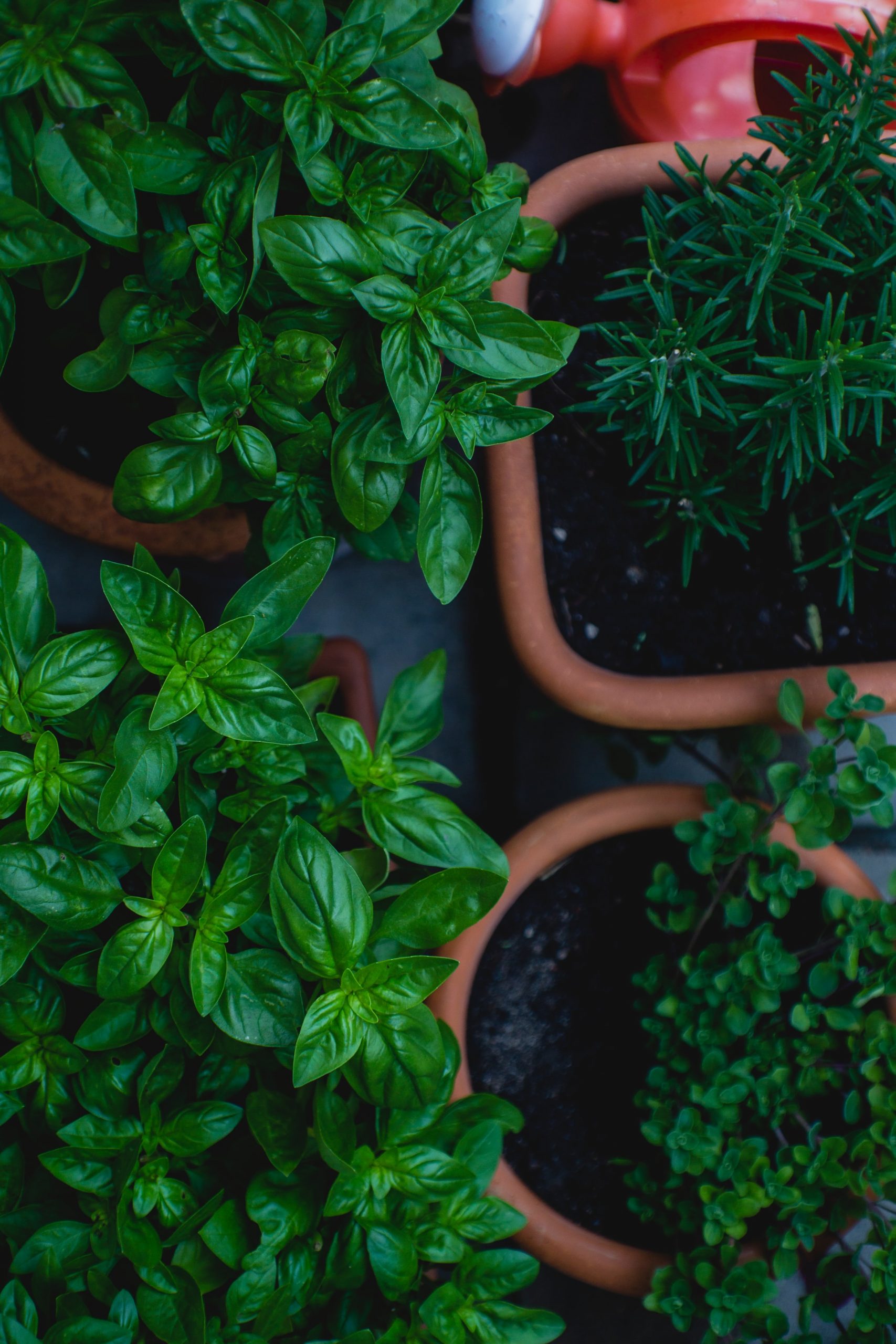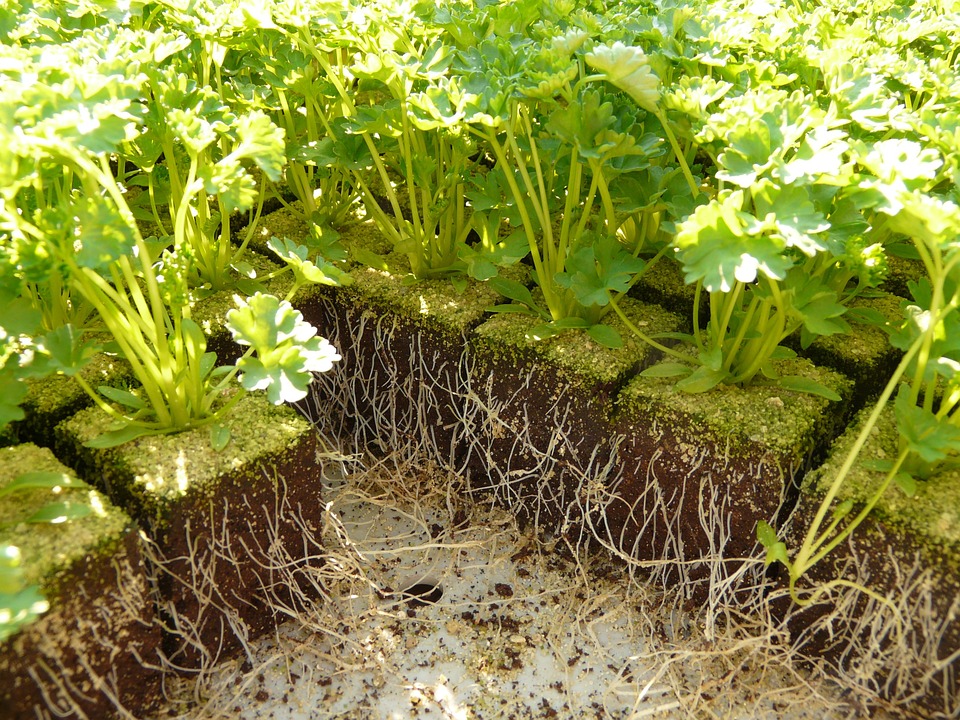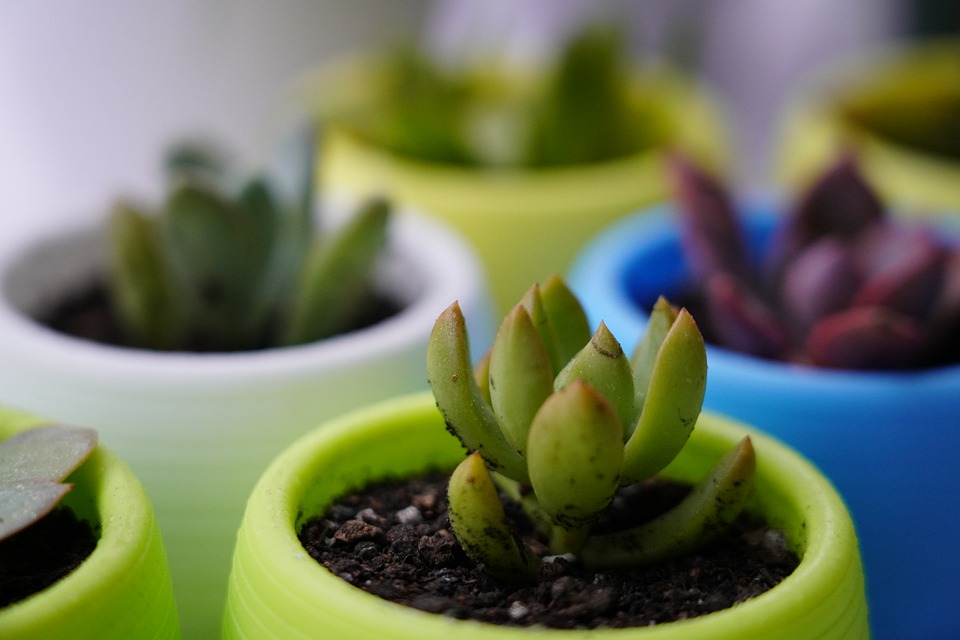No kidding, picking a little herb every day in your garden, on your balcony, or in your kitchen, isn’t that the good life? Growing herbs at home, indoors or outdoors, is the opportunity to delicately flavor your dishes with natural and organic products that you have grown yourself. Rich in nutritional and organoleptic values, there is no shortage of good reasons to grow aromatic plants…
They are an integral part of the culinary landscape in our French, Indian, Creole, and even Chinese gastronomy, so renowned abroad. As such, they can be found in many recipes. So, without further ado, let’s dive into this blog and learn some of our best tips to grow your herbs.
1. Location

Aromatic plants like light but not heat. Place of choice: near your windows. And as they are afraid of frost, in winter, put them in your kitchen, and in spring, take them out on the balcony. In your window box, plant rosemary, angelica, and bay leave in the center as they grow tall and tend to thin out. And surround them with garnished plants like mint or basil.
2. Watering
Often, they are so close to the sink that you are tempted to water them every day. Avoid this as it could drown them. In winter, watering every 2 to 3 days is sufficient. In summer, do it as soon as the first heat arrives, and every day. Some herbs, such as bay leaves and sage, require less water than others. So remember to read the care instructions carefully.
It is important to know the light requirements of your herb plant. They generally need 6 to 8 hours of sun exposure to grow well and should be exposed to the south. But some species such as mint, parsley, chervil, and tarragon prefer shade and humidity.
3. Pruning and pinching
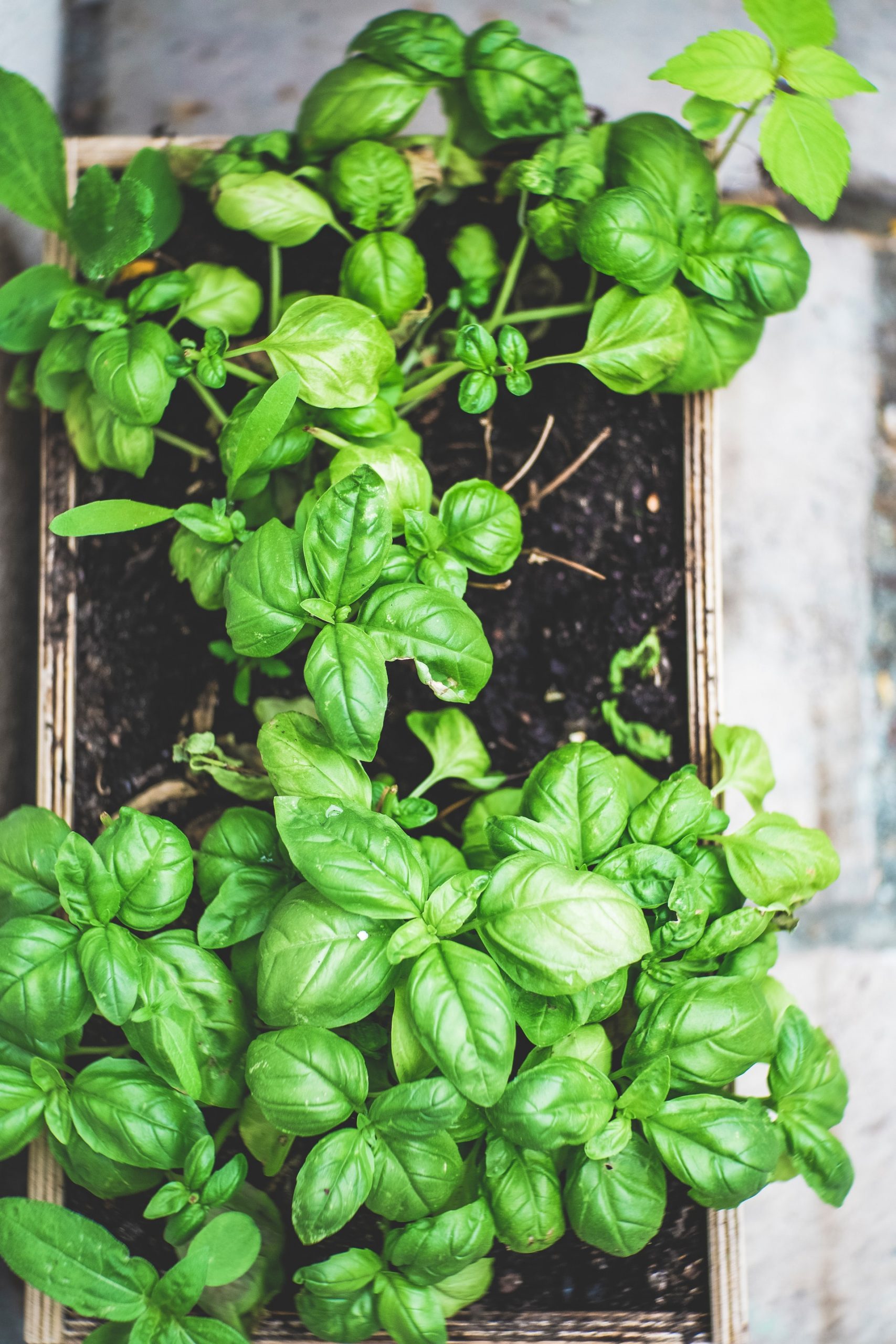
Pruning is necessary every year in the spring to make the plant grow and get rid of unnecessary branches. But, in any season, you can also pinch the stems to encourage side shoots and flesh out the foliage. The stem must have 5 to 6 leaves to pinch before it is too fragile to resist. Pinch mint, basil, oregano, sage, savory.
For aromatic shrubs such as thyme and rosemary, wait until flowering to shorten the stems. With aromatic plants, pruning is not vital. In their natural state, they manage without us, and everything is fine. That said, pruning your herbs as you would a rosebush allows them to grow in harmony and airiness.
Above all, it allows new young shoots to be born so that the aromatic plant renews itself as it is harvested. Each type of herb has its pruning rhythm that must be followed rigorously in order not to make mistakes: pruning more than necessary would be bad for the health and quality of the plant and would be a waste.
4. Drying aromatic herbs
Pick herbs in dry weather, preferably from plants in the bud before they are in full bloom. Then run them under water, and drain them in a cloth without rubbing. Store them in a dark, dry, and ventilated room. Another method of drying:
- Wrap the leaves in muslin.
- Dip them in boiling water for one minute.
- Place them on the rack of the open oven, cover them with a light cloth and leave them for an hour in the oven at 40°C.
- Dried herbs are best stored in airtight boxes away from light and heat.
5. Repotting herbs
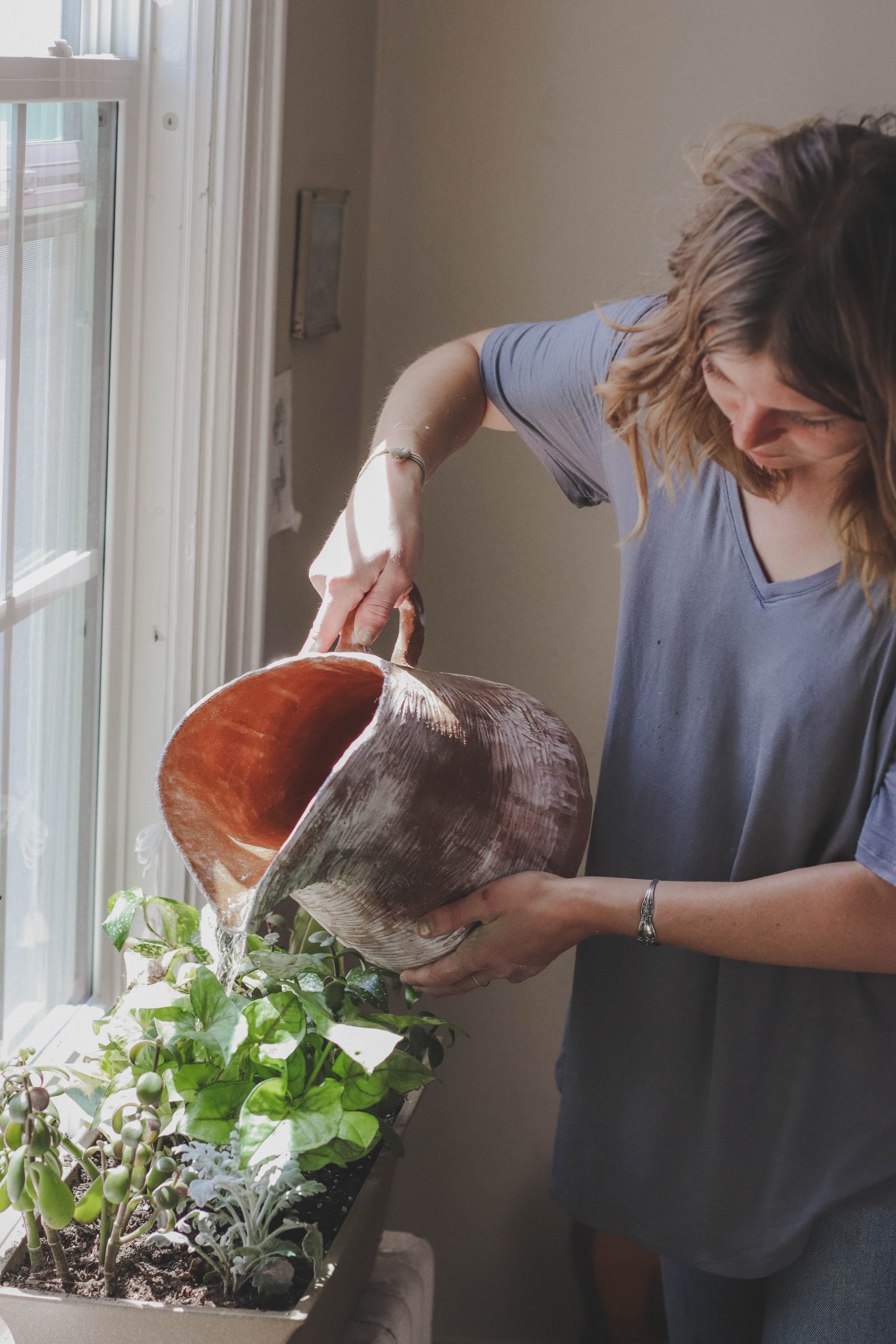
Again, each type of herb has its rhythm, so the repotting needs of one will not be the same as the repotting needs of another: repot once a year for an annual herb, twice for a biennial, etc. To see if the operation was successful, take a look at the roots of the repotted plant: they should be whitish. If this is not the case, it means that the plant feels cramped in its pot: it will be enough to find a bigger pot.
Final thoughts
Despite appearances, growing herbs is easy. All you need is some information about a particular herb: the amount of water and light it needs, as well as the soil that suits it best. Other than that, you don’t have to do anything; just wait and enjoy! Sound off in the comments section below and tell us what you want to read next and if you want to read more about herb cultivation.
